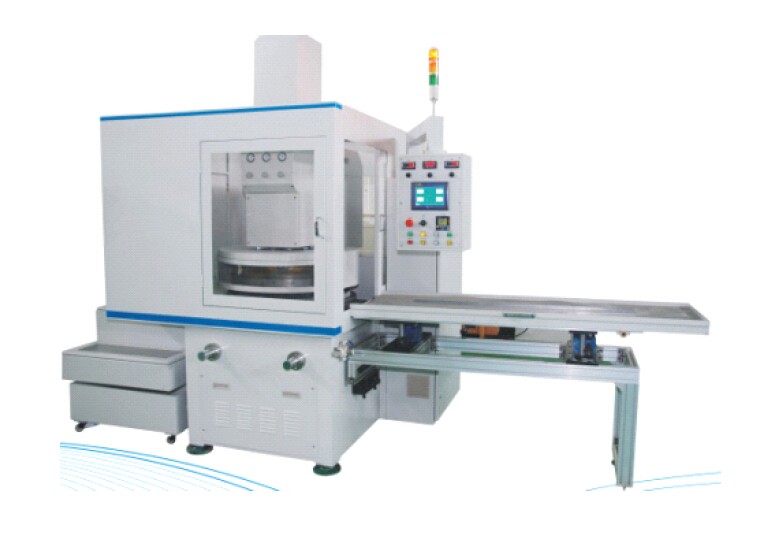With the support of the Energy Bureau of the Ministry of Economic Affairs, ITRI cooperated with Stanford University in the United States to successfully develop the world's first aluminum ion battery that can stably charge and discharge at high speed, using graphite and aluminum as raw materials. At present, the charge and discharge cycle of the experimental sample has reached 20,000 times. The results of this research have been awarded to the 2016 Global R&D Awards in the United States. The ITRI has also applied for multinational patents, which will be shared with Stanford University. Compared with lithium, aluminum is a richer metal in the earth's crust, accounting for about 8% of the earth's crust. In addition to the low price, aluminum materials are also more environmentally friendly, so they are highly valued by the battery energy storage research teams around the world. Liu Zhongming, dean of the Industrial Research Institute and CEO of the strategy committee, said that in the past, the cycle life of aluminum-ion batteries was too short to be practically applied. The research team took this difficulty to explore at Stanford University, and it took a year or so to finally make a major breakthrough. On the academic side, this research has been published in the journal Nature, and because this research is characterized by practical problem solving, it has great potential in commercialization. Wan Xiaopeng, head of the New Energy Technology Group of the Industrial Technology Research Institute, said that the ITRI has been hoping for a breakthrough in the field of aluminum batteries, but it has been slow to succeed. Therefore, the research team came to Stanford University with the idea of ​​developing aluminum battery packs, and they have a platform that brings together the various battery materials provided by researchers around the world. Fortunately, the ITRI team tried the graphite materials needed for aluminum batteries. In the past, aluminum batteries could not be used after about 100 charge and discharge cycles, and the graphite materials found by the research team could be matched with aluminum batteries, and the charge and discharge could reach 7,500 times, and now it has been increased to 20,000 times. Battery research and development is mainly divided into positive and negative materials. The part that ITRI has been unable to break through is the positive electrode material. Therefore, Stanford University, which specializes in nano and carbon materials, can help to find out the material. Also, because of the cooperation between the two parties, it was found that graphite can be used as a positive electrode material, and by embedding/embedding aluminum chloride ions in the layered structure of graphite, an aluminum battery having high-speed charge and discharge and a balance of endurance characteristics is realized. In addition, the ionic liquid used in the aluminum battery is a liquid salt at room temperature, so if it encounters a short circuit at a high temperature, it does not ignite, and it has a considerable advantage in safety. Wan Xiaopeng further analyzed that because the energy density of aluminum batteries is relatively low, the stored power can't be as high as the lithium battery . If the power is the same, the aluminum battery will become very large, so the lithium battery used to replace the 3C product is not. Too possible unless there is a change in the material. However, although the energy density is not as good as that of lithium batteries, aluminum batteries have the opportunity to win in the number of times of charging and discharging. They can be used in applications such as rail vehicles and large electric vehicles , replacing lead-acid batteries and super capacitors. ITRI ​​has now made aluminum battery cells for electric vehicles, and hopes to optimize related materials and further increase storage capacity in the coming year. At present, the storage capacity of aluminum batteries is 40-60Wh/Kg, the lead-acid battery is 30 Wh/Kg, and the lithium battery is 180-200Wh/Kg. According to Liu Zhongming, it is estimated that it will take about two years to commercialize aluminum batteries.
High precision double side surface grinding or fine grinding is a super finishing process performed by removing material from two surfaces of a component resulting in extremely precise geometric accuracy and surface finish. Typically, it is the last grinding step of a mechanical production chain utilized to improve and/or correct the geometry of parts coming from sintering, sawing, molding or similar operations. Depending on the application, the stock removal also can be taken from just one surface.
GMM1200 Double Side Surface Grinding Machine Disc Grinder,High Precision Surface Grinding Machine,Precision Surface Grinder,Oil Nozzle Surface Grinding Machine Xinxiang SKF machinery Co., Ltd. , https://www.facegrindingmachine.com
